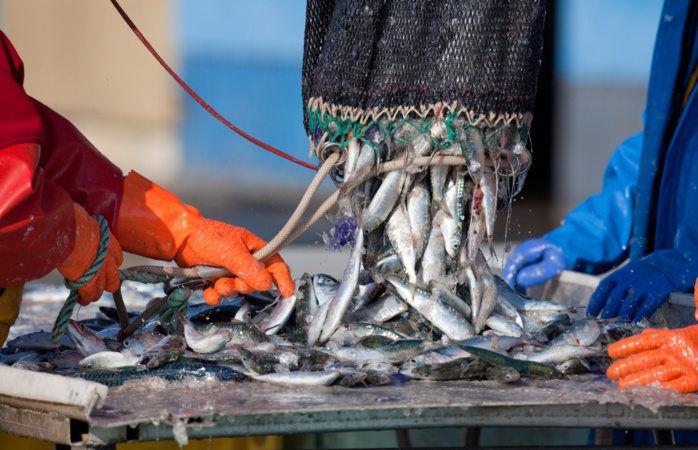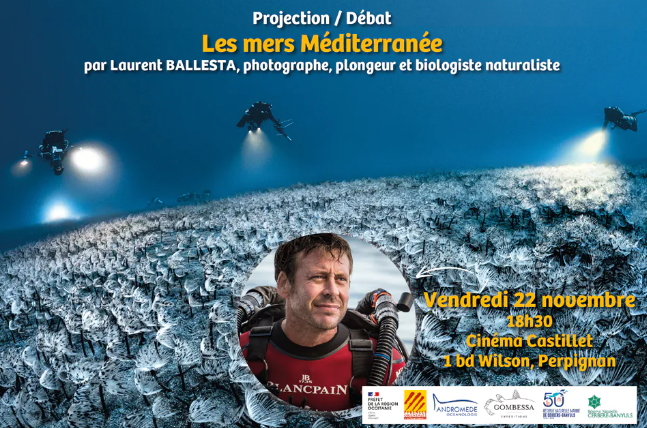How to combat the overexploitation of fishing resources? This is the pressing question addressed in the report titled: « Africa Facing the Depletion of Its Maritime Fishing Resources. » The concern is genuine and warrants thorough consideration to ensure that sustainable fishing becomes the norm rather than the exception. Analytical framework.
In his latest report, Pierre Jacquemot challenges and draws the attention of African governments to the management of their fishery resources. If no action is taken now, the continent will face a drastic decline in fish in its nets. Titled « Africa Facing the Depletion of Its Maritime Fishing Resources, » this new document is a goldmine of information on the reality and practices in this sector. The situation is alarming, and the numbers speak for themselves.
In his assessment, the outlook is bleak. Overfishing, illegal, unreported, and unregulated fishing, and poorly controlled exploitation of fish stocks by export-oriented flour and oil industries leave severe consequences in their wake. Yet, according to the survey, the role of the fisheries sector in feeding the African continent is substantial.
Indeed, 22% of available animal protein comes from marine and freshwater products, with more than 50% in some African countries, particularly in North and West Africa. Fisheries and their related activities not only provide food but also employ 12 million people and generate revenue for both states and communities.
Moreover, Africa has a maritime territory of approximately 13 million square kilometers, corresponding to Exclusive Economic Zones (EEZs) under the jurisdiction of coastal and island states. Under the United Nations Convention on the Law of the Sea, these states are responsible for the sustainable management of the maritime resources in these zones.
How can these trends be reversed? the author asks. This requires the adoption of a sovereign and sustainable fishing policy addressing two main concerns: first, maintaining sea catches at levels compatible with the reproductive needs of fish stocks; and second, imposing sufficient landings for processing to ensure optimal local and regional food coverage.
Transformation and Responsibility
Furthermore, the FAO’s projections for Africa up to 2032 reinforce this concern. “Per capita fish consumption in Africa will continue to decline, as production projections may not keep up with population growth,” reveals the global institution. Indeed, fishery production is facing a critical phase everywhere, indicating that marine resources are not infinite.
While the Atlantic coast of Morocco to Côte d’Ivoire is one of the richest regions in the world in terms of fishery resources, the upwelling— the rise of deep, mineral-rich cold waters along the coast—promotes the production of algae (primarily plankton). Demersal resources include crustaceans and most of the so-called « noble » fish (such as sole, red mullet, captain fish, grouper, and sea bream) as well as cephalopods (octopus and cuttlefish), which are sought after for their market value.
However, the threat of resource depletion is real, and their overexploitation is a widespread issue. Stocks of 51 fish species in African waters—from Mauritania to Angola—crucial for the diet of coastal populations, are dwindling. According to the expert, the evolution of artisanal fishing techniques plays a role in resource depletion, particularly with the use of purse seines—rectangular nets used at the surface to encircle schools of pelagic species.
This biological overexploitation is compounded by economic overexploitation as the number of artisanal fishing boats increases. Nearly everywhere in Africa, artisanal fishing remains effectively « open access, » leading to increased fishing effort and now contributing to the problem of overcapacity. In Senegal, artisanal fishing has undergone significant changes in its exploitation conditions. The fleet has grown substantially, with the number of pirogues rising from 3,800 to 17,400 registered in 2024 over 20 years. This illustrates the threat facing fishery resources.
Abusive Exploitation
However, there is a much greater peril than that posed by artisanal fishing: it is the threat from industrial fishing. This often foreign, European, Russian, and Asian, whether legal or illegal, poses a direct competition to artisanal fishing, as it often operates close to the coast.
Bottom trawling is almost exclusively practiced within the EEZs of coastal countries, relatively close to the shore. It targets the same species (such as shrimp in Guinea-Bissau, Senegal, or Madagascar; albacore tuna in Cape Verde; and bonito in the Seychelles). According to estimates from the FishSpektrum data center, a specialized platform for identifying vessels, some powers may have fleets of six hundred boats scattered along the coasts, from Gibraltar to the Cape.
To preserve fishery resources as part of sustainable fishing management on the continent, the Moroccan case is cited as an example. Indeed, in the face of threats to maritime fishery resources, measures to regulate the sector are sometimes implemented. Some countries are attempting to better protect their interests by signing agreements based on sustainable management principles.
In this context, Morocco’s management offers a model to explore. The fleet comprises over 3,000 vessels and a vast port infrastructure. Maritime fishing generates an annual production of over one million tonnes, making Morocco the leading producer in Africa. This sustainable management approach should inspire more states on the continent.




